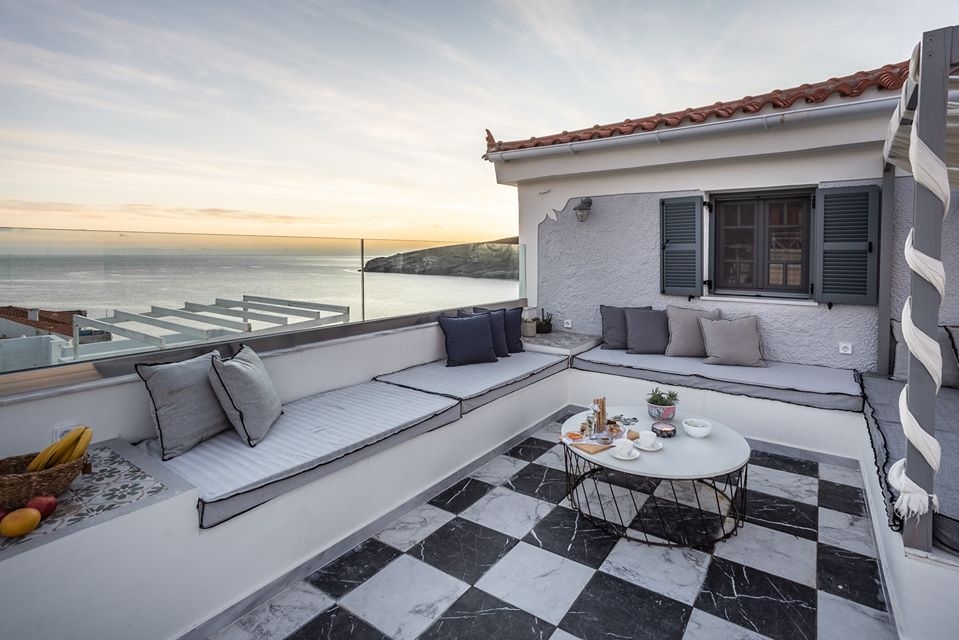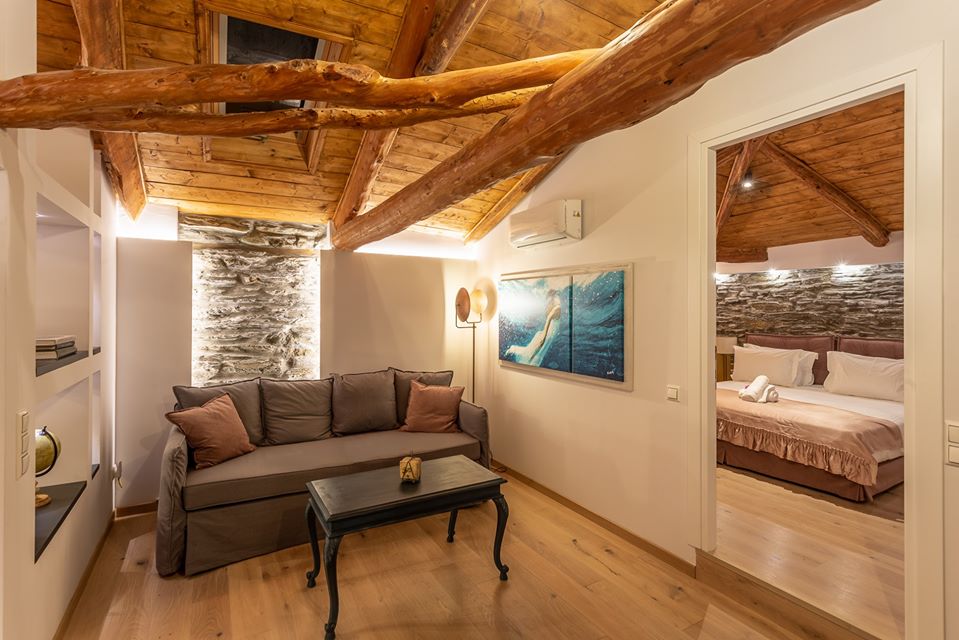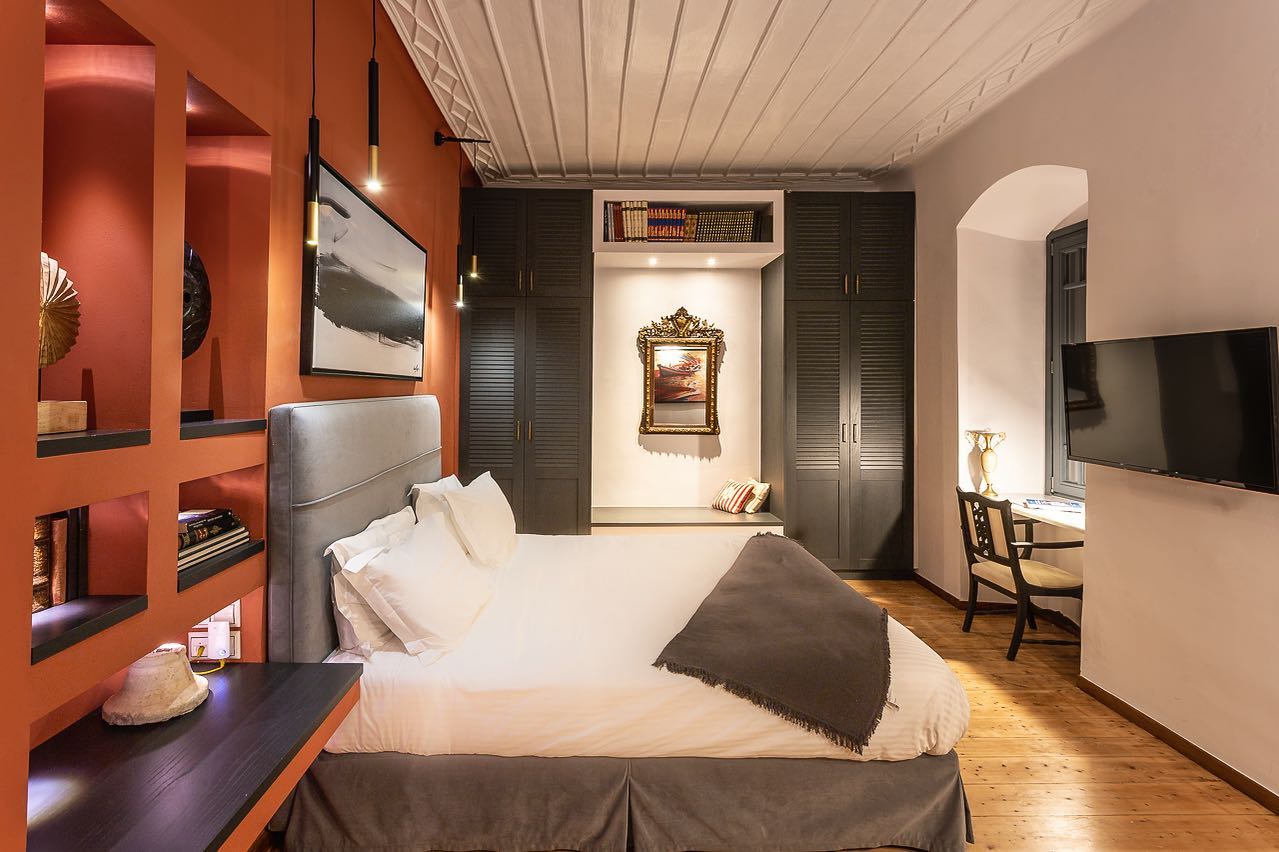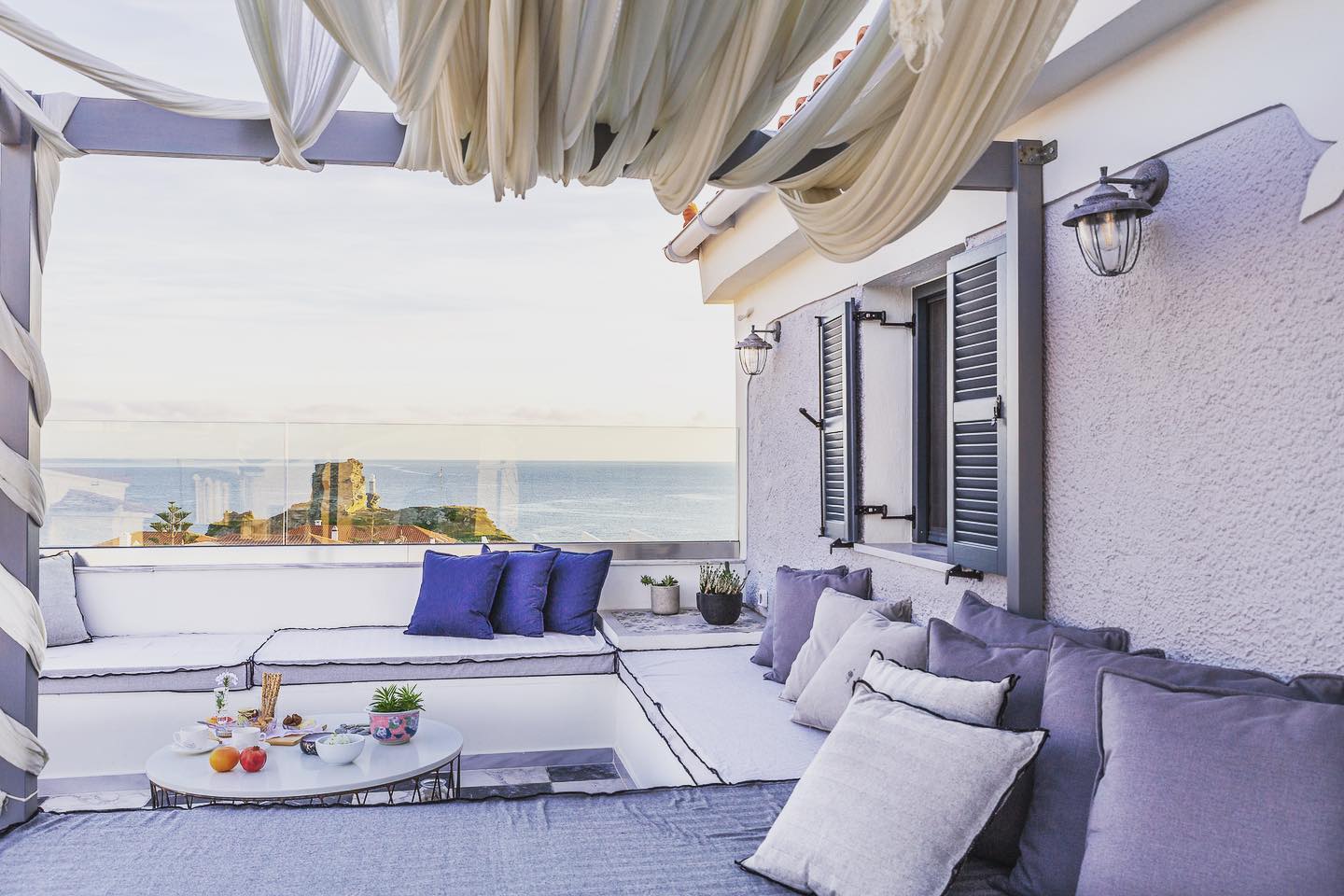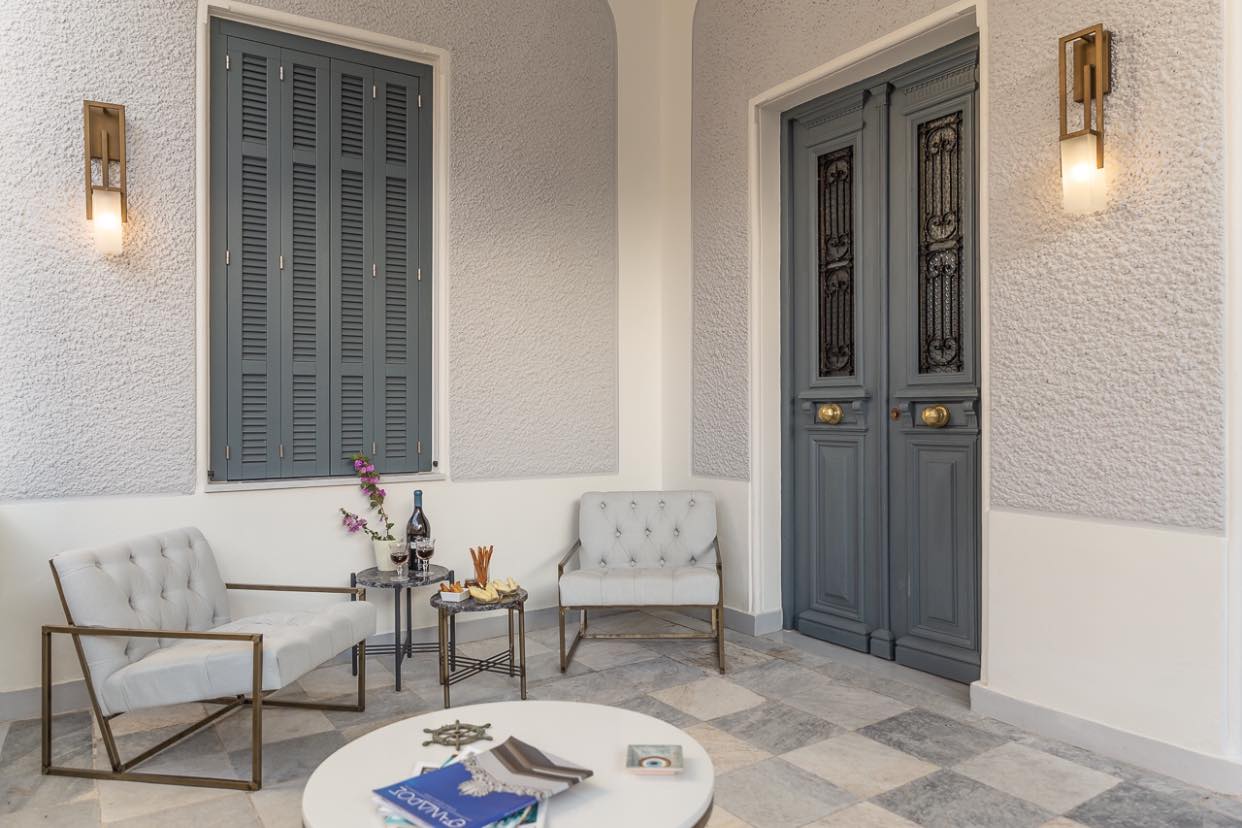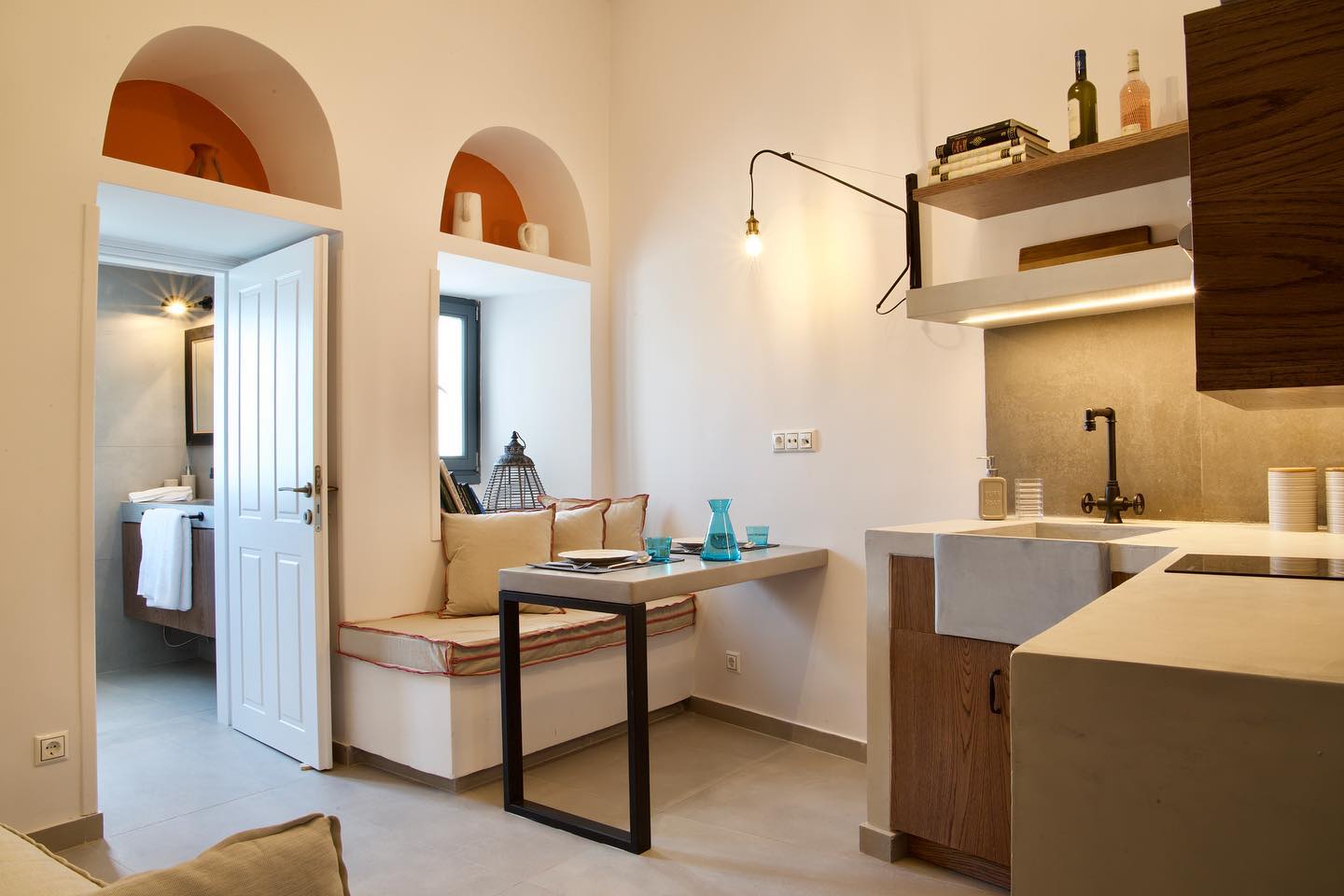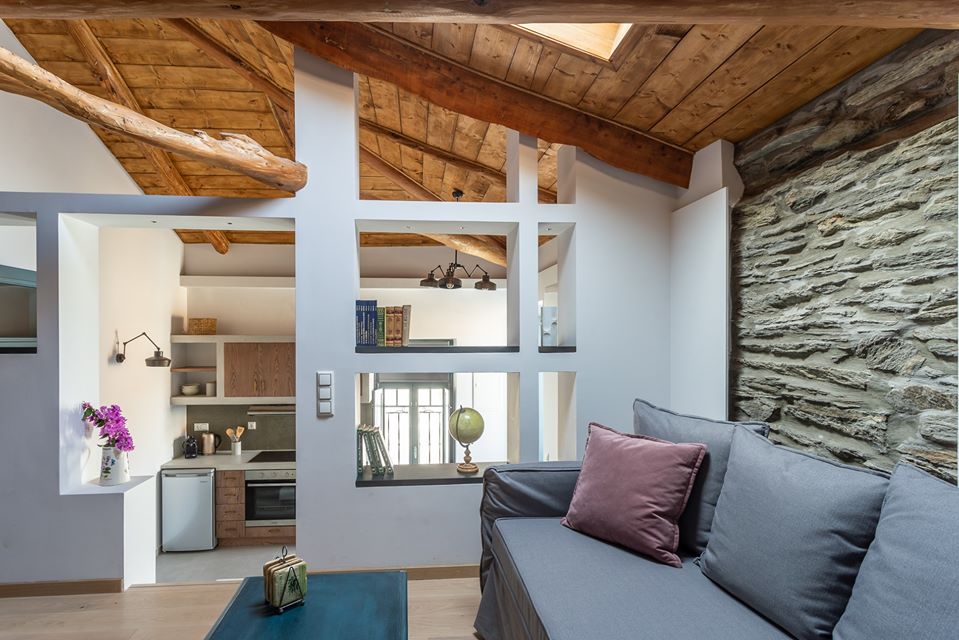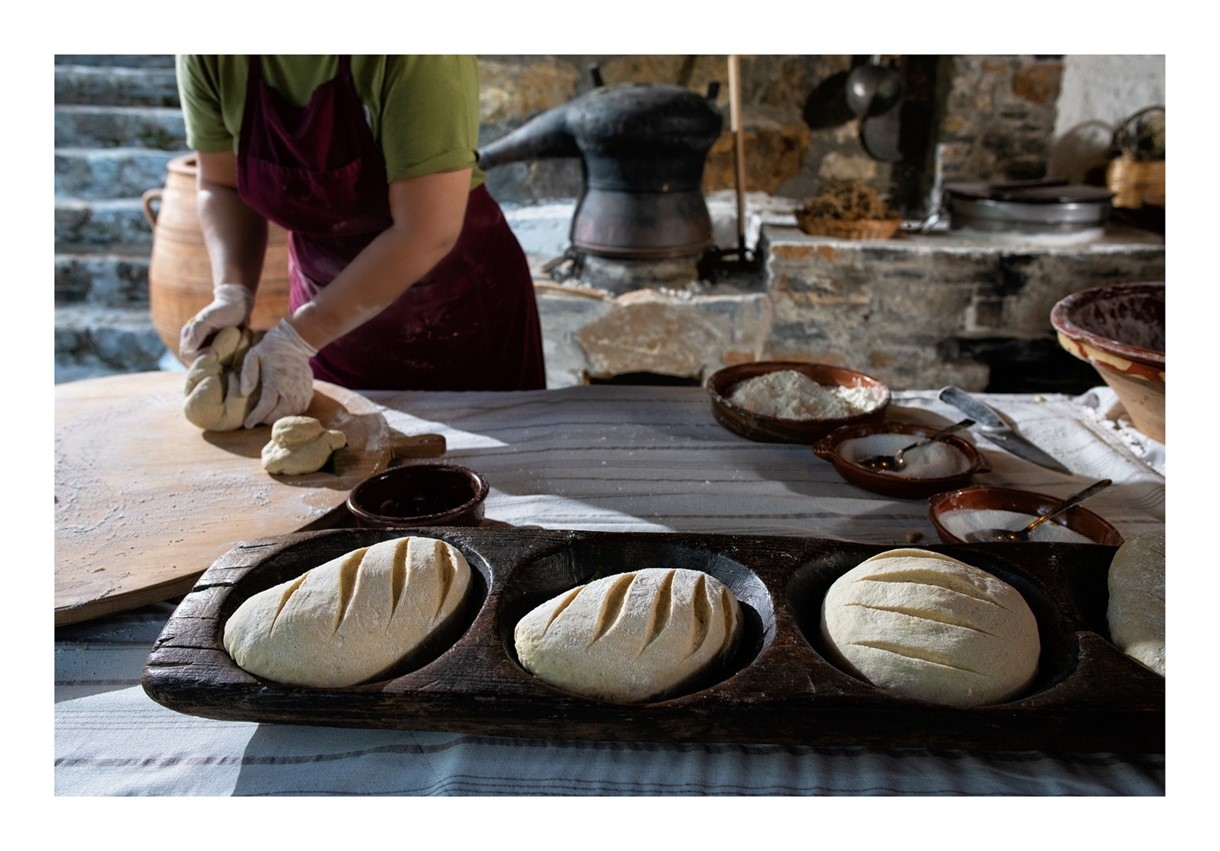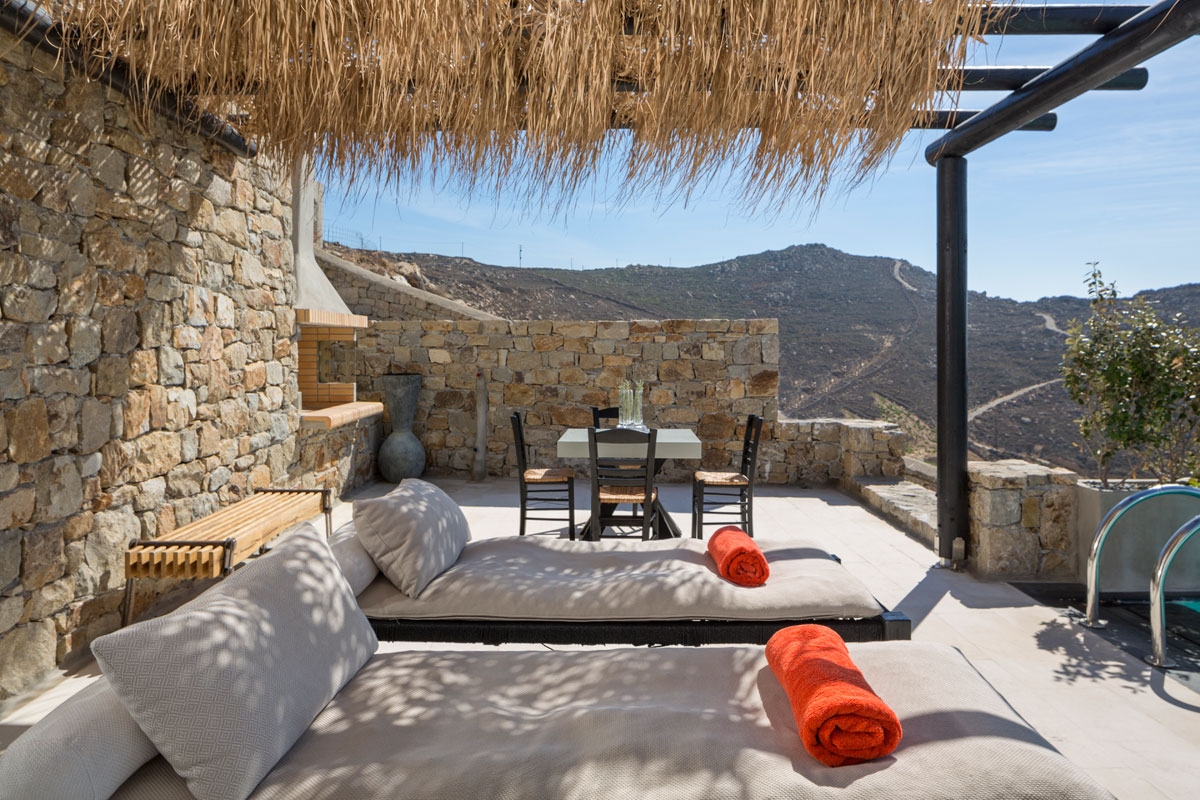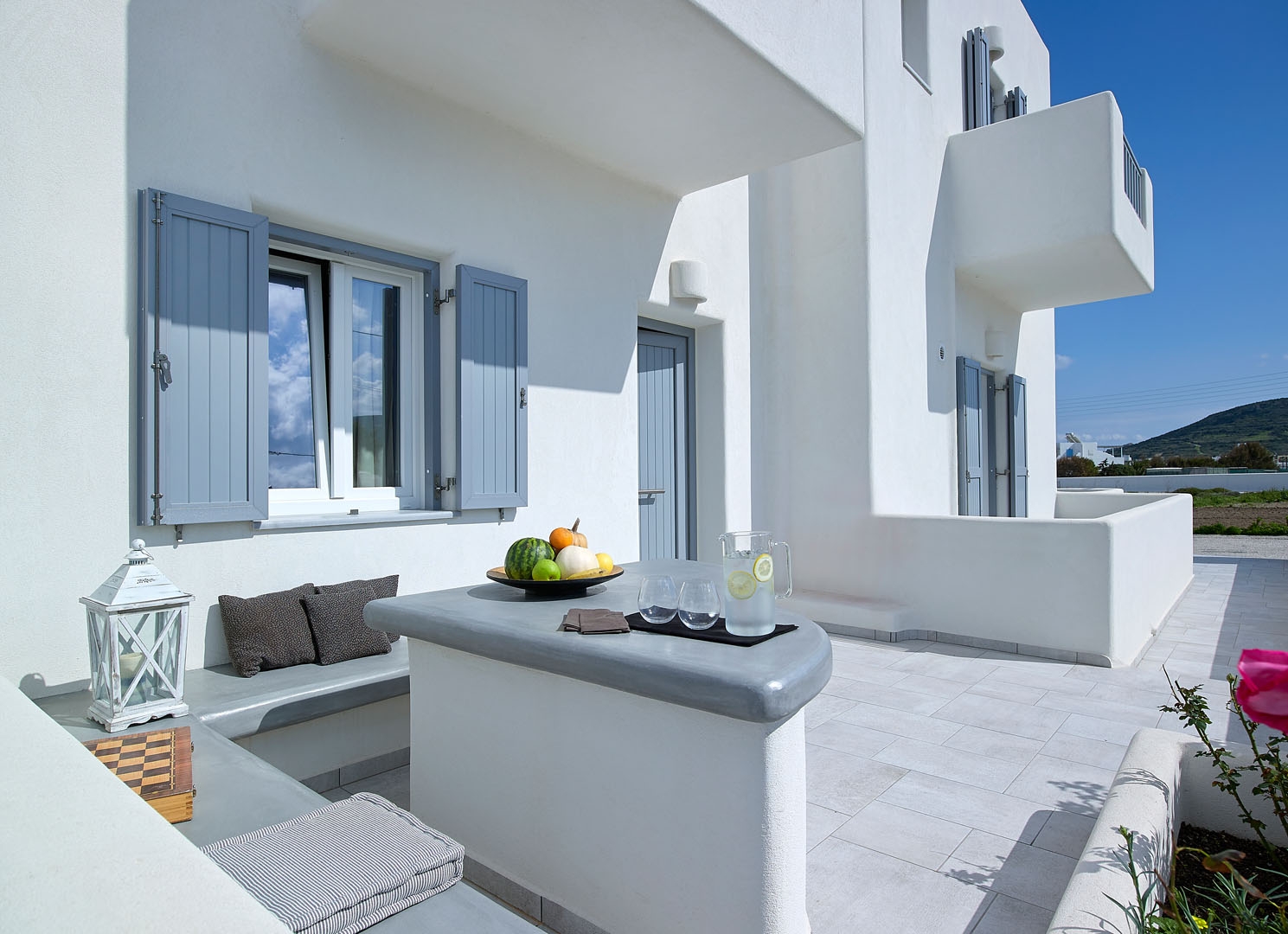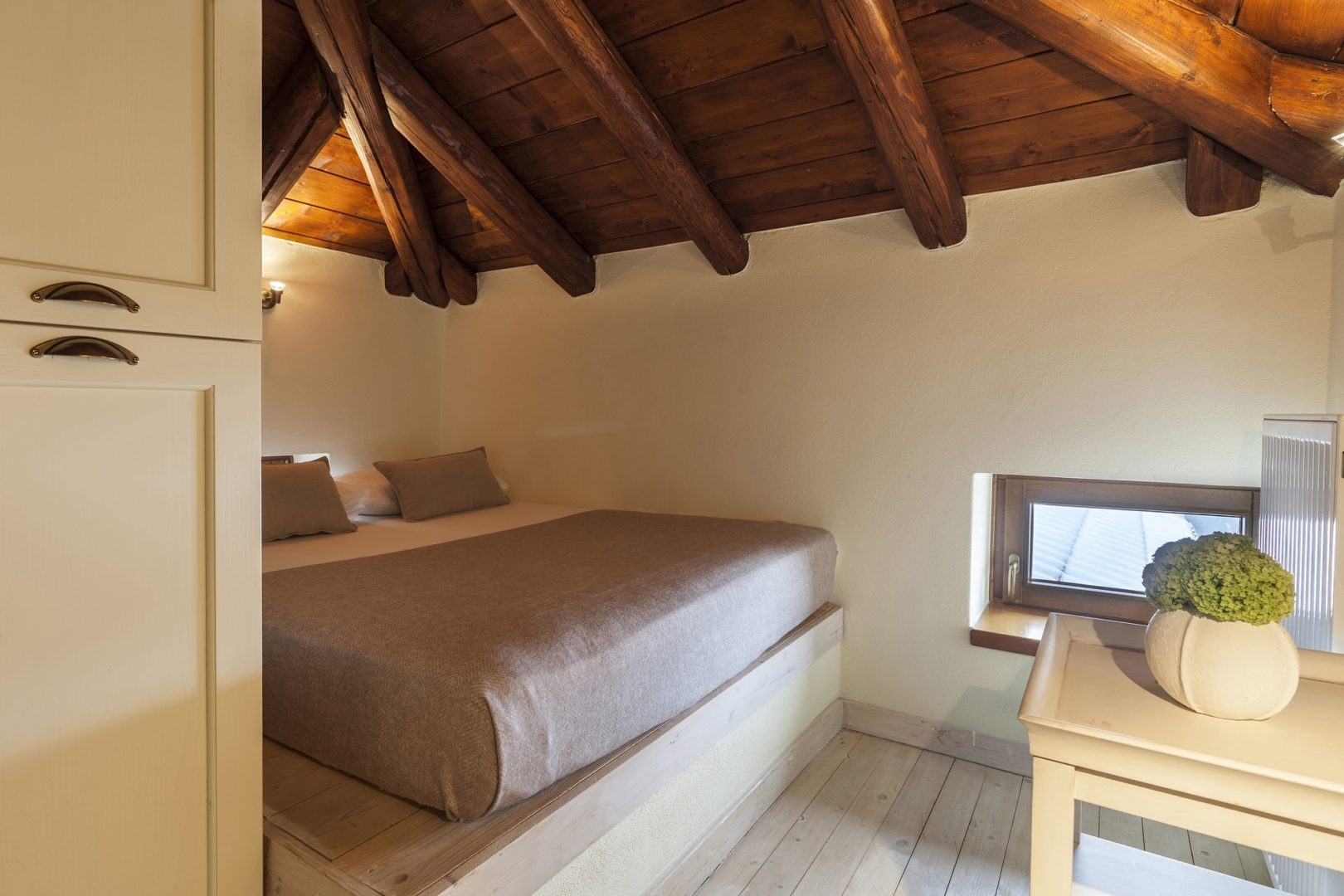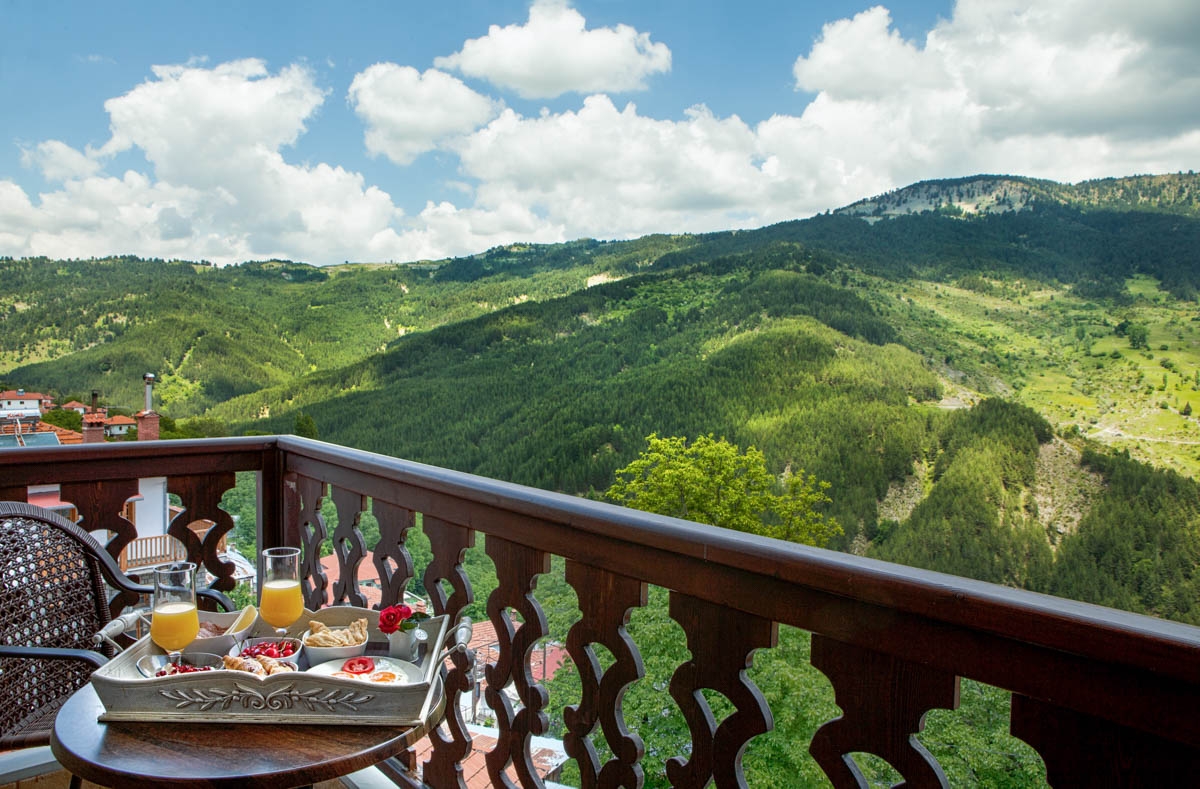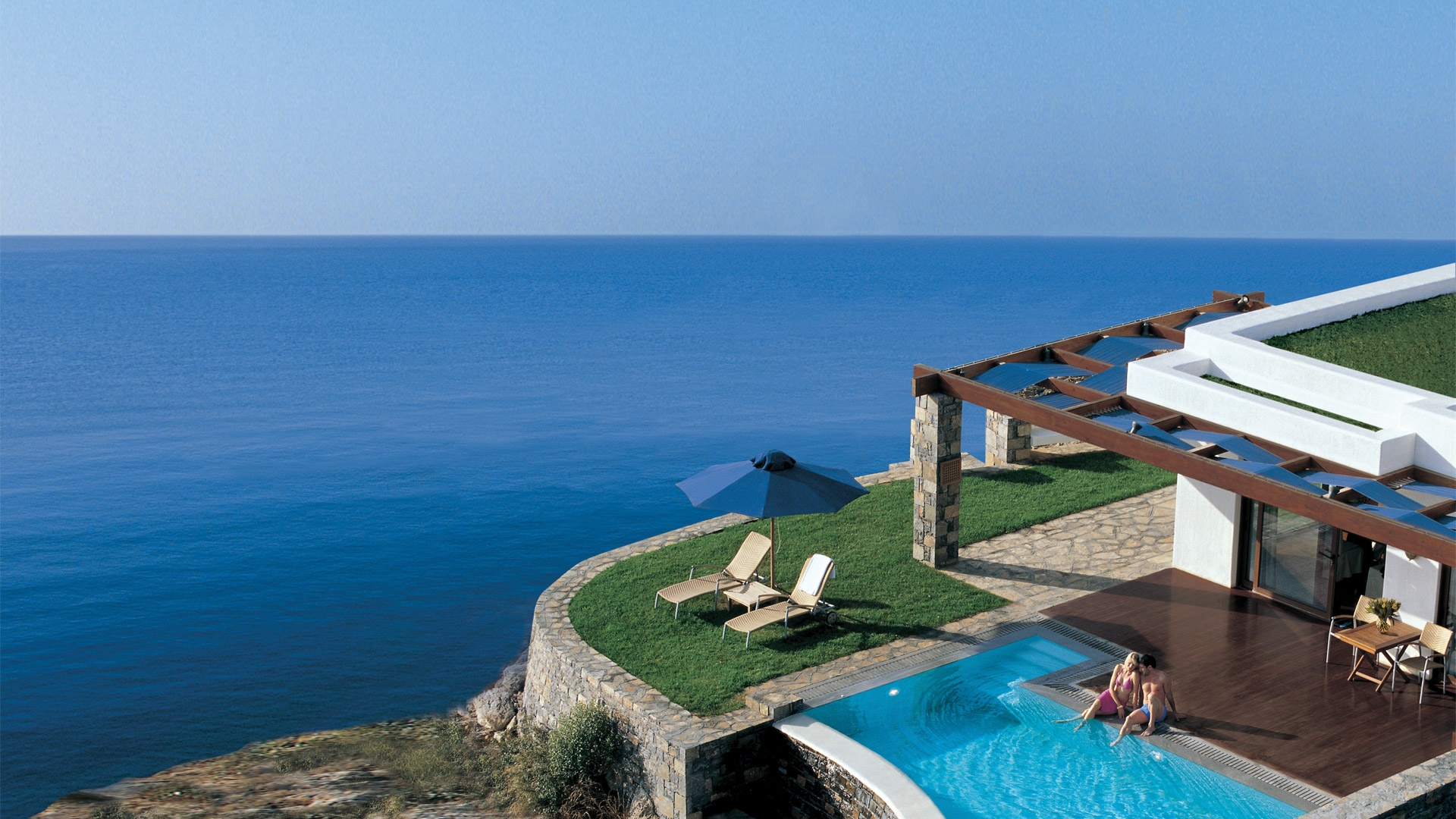Andros during the Venetian Occupation:
In 1207 the Venetians occupied the island and Andros became a small Latin hegemony with Marino Dandolo as its founder.
He was the one who commissioned the building of the three castles, the castle of “Makrotantalo” (a variant of the name of the sovereign Marco Dandolo), the “Lower Castle” or “Inner Castle” and the “Upper Castle”.
The mansion was built around the time of Venetian occupation and was originally one of the defensive peripheral towers of the “Lower Castle”. Within the latter, a medieval agglomeration was formed, which, over time, came to experience commercial and financial growth.
This fortified agglomeration spread on the peninsula and from it emerged the old city of Andros, on the inner side of the gate closing it from the West, the “Oxoporta” (“Frontgate”).
The island located at the edge of the peninsula and linked to it via a rock arch continued to serve as the castle’s citadel and seat of the Venetian administration.
Apart from the main entrance to the castle, there were other, smaller gates as well; these defensive towers were built to defend the gates mainly against pirate attacks.
Piracy had always been a great plague on Andros. After 1400 it intensified, spurred on by the Turks.
In 1556 the island eventually fell into the hands of the Turks, who settled in the residences and towers of the Castle, until its destruction by the notorious pirate Hugues De Creveliers in 1672, at which point the locals were massacred and the surviving locals abandoned the Castle to build hinterland towers.
Andros during the Greek Revolution:
Andros contributed significantly to the Revolution of 1821 against the Turks. On May 10, the scholar and advocate of Modern Greek Enlightenment Theophilos Kairis, raised the banner of Revolution on the steeple of St. George, which is located 330 feet from the suites.
The residence of Theophilos Kairis lies at a short distance downhill from the church, and nowadays houses the Digital Museum of Andros.
Following the Liberation of 1829, the Castle was inhabited by wealthy landowners or ship-owners from nearby villages such as Stenies or by wealthy seafarers and city merchants.
The House:
At this point, the house somehow came under the ownership of the noble family Bistis. During this period, all houses in the Castle seemed to pursue an implacable uniformity. All were two-storied and had a roofed, semi-open air space facing the street, affected by the rhythmology of the Venetian influence and featuring arches perched on thin marble pillars. The house had walls 4 feet and 11 inches wide, made of sturdy stone, and adorned with porcelain. On the ground floor, also called “katói” by the people of Andros, was inlaid a stone cistern for collecting rainwater that was used to provide the residents with water in the event of a siege. That same space also contained the laundry room, the place where the owners celebrated the “slaughtering of pigs” and prepared the smoked sausages. This was also used as a warehouse.
In 1926, the heirs, the three children of the owner Kleanthis Bistis, sold the house to ship-owner Matthaios Koutsoukos from Stenies.
Following restoration and a refurbishment with furniture mostly shipped from abroad, the house was occupied by the owner and his family, his wife Helen Peters from Swansea, Wales, his daughter Annezio, later married to physician Petros Kairis and Louisa, married to General Ioannis Tsatsómiros.
In 1943, during the German naval bombardment, the “Inner Castle” and all mansions of the Embirikos family at the Unknown Sailor’s square, as is known today, as well as the south side of the house overlooking the sea were destroyed. The family repaired the house following the return of ship captain and owner Matthaios Koutsoukos, who had been cut off outside of Greece and had also taken part in several ship convoys as ship captain of the Merchant Navy. In one of those convoys he had rescued survivors of a sunken English submarine and for this rescue, he was decorated by the English admiralty.
In the wood beams supporting the roof (cypress wood shipped from abroad), three holes made by shells during that bombardment are still visible.
During the bombardment by the Germans, the ground floor of the house served as a refuge, providing shelter to most residents of the Camara neighborhood, due to its sturdy construction.
The house was passed on to Louiza Koutsoukou – Tsatsomirou, daughter of Matthaios Koutsoukos, and then to her granddaughter, Louiza Diapouli, who, along with her husband, Dimitrios Stogioglou, undertook its restoration.

